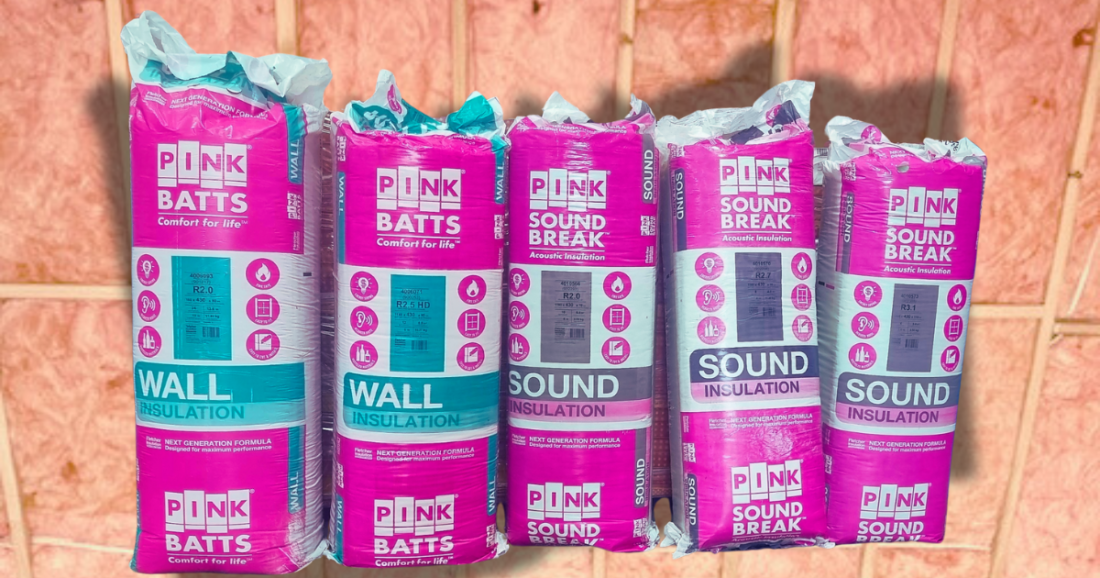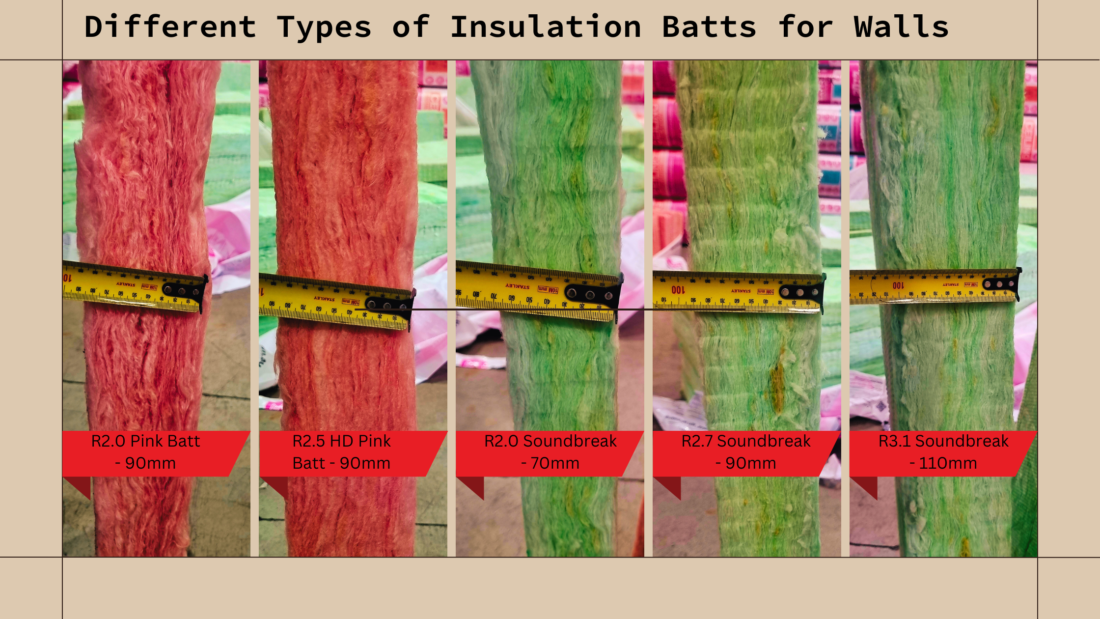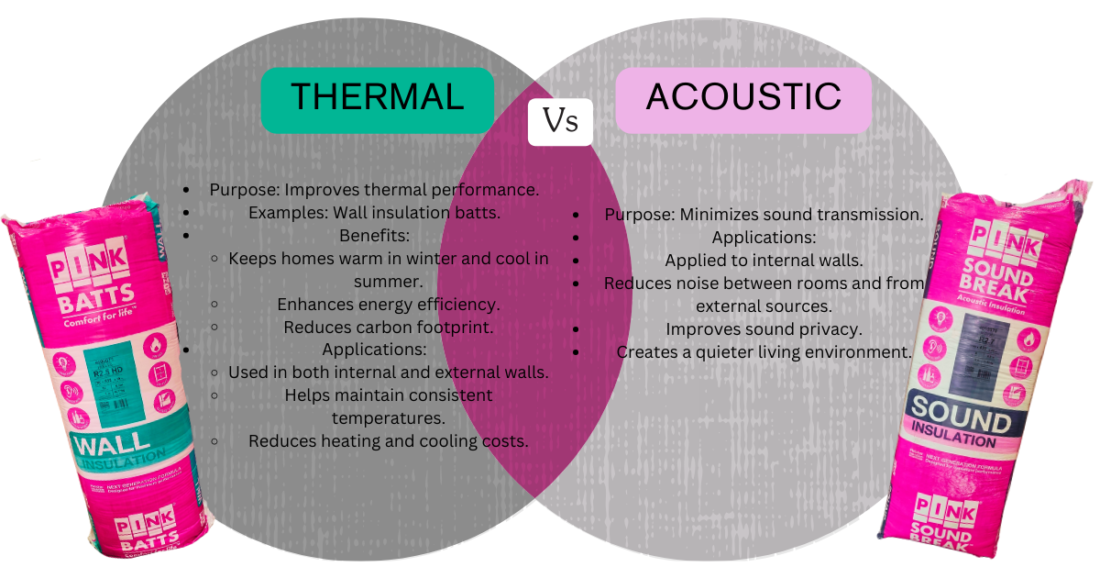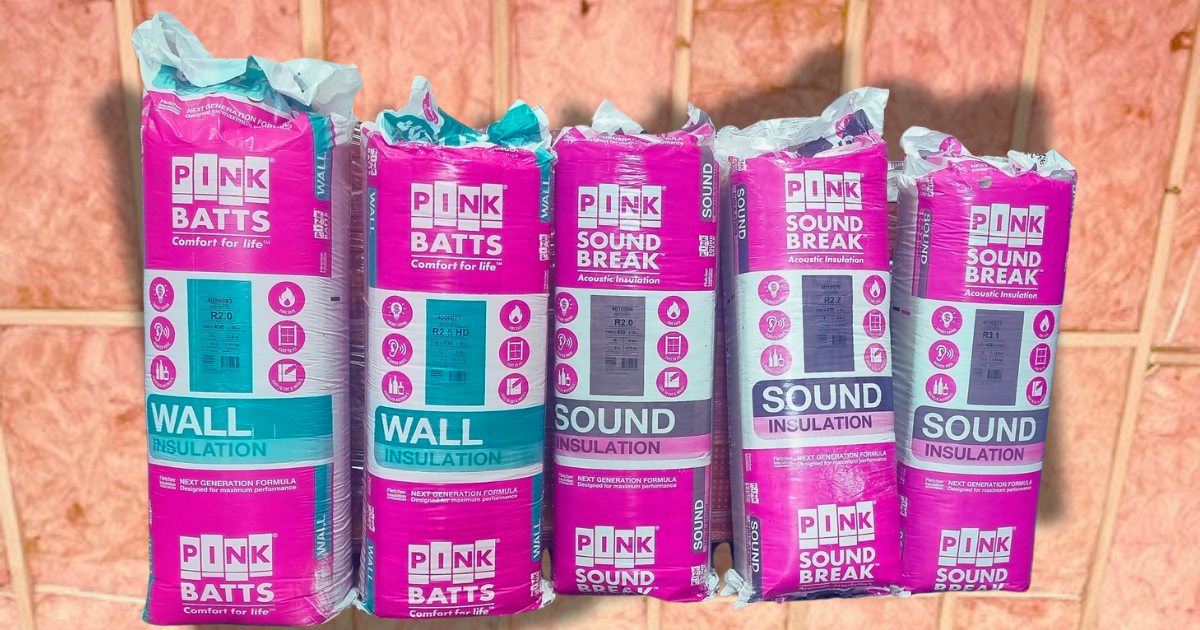Your cart is currently empty!
The Best Insulation for Walls in Melbourne Homes
Posted May 2024

This article covers everything you need to know, to equip you to choose the best insulation for walls. Did you know that up to 35% of heat loss in homes occurs through uninsulated walls? Proper wall insulation not only keeps your home comfortable year-round but also significantly reduces energy bills. In this post, we’ll explore the best insulation options for walls, comparing their benefits, costs, and installation processes. Whether you’re renovating an old home or building a new one, this guide will help you make an informed decision.
Table of Contents
Understanding Wall Insulation
What is Wall Insulation?
Wall insulation is a material used to reduce heat transfer through the walls of a building. It keeps the heat inside during winter and outside during summer, maintaining a comfortable indoor temperature.
Why It Matters
Effective wall insulation enhances energy efficiency, reduces utility bills, and improves indoor comfort. It also contributes to soundproofing, protecting your home from external noise
External Wall Insulation
External walls face direct exposure to sunlight and fluctuating temperatures, making them a critical barrier against heat transfer. Reflective insulation is especially effective at combating radiant heat.
Internal Wall Insulation
People use internal wall insulation within the home to insulate walls between rooms. It provides both thermal and acoustic benefits, reducing sound transfer and creating thermal zones with different room temperatures.
Types of Wall Insulation
1. Fiberglass Batt Insulation
Manufacturers make fiberglass batt insulation from fine glass fibers, and it is one of the most common types of insulation. It comes in pre-cut panels that fit between wall studs.
Benefits
- Cost-Effective: It is relatively inexpensive and widely available.
- Easy Installation: Suitable for DIY projects.
- Fire Resistant: Non-combustible material.
2. Spray Foam Insulation
Spray foam insulation is a liquid foam that expands and hardens upon application. It can fill small gaps and crevices, providing a tight seal.
Drawbacks
- Cost: More expensive than other insulation types.
- Professional Installation: Typically requires professional installation.
3. Rigid Foam Insulation
Manufacturers make rigid foam panels from plastic foams like polystyrene, polyisocyanurate, or polyurethane. Install them on exterior walls or inside wall cavities.
Benefits
- High R-Value: Provides excellent insulation.
- Durability: Resistant to moisture and compression.
- Versatility: You can use it in various parts of the house.
Drawbacks
- Cost: Considerably More expensive than fiberglass and cellulose.
- Installation: Can be more challenging to install, requiring precise cutting and fitting.
Best Insulation for walls in Melbourne Homes:

Contractors can only install wall insulation in Melbourne during new construction or renovations. At Climate Control, we recommend :
Fletchers Pink Batts R2.5 High Density for its excellent thermal properties, energy efficiency, easy installation, and safety features. These batts, made from up to 80% recycled content and backed by a lifetime warranty, keep homes comfortable year-round and reduce energy costs.
For superior acoustic performance, we suggest Fletchers R2.7 Soundbreak, which also offers excellent thermal insulation and energy efficiency. Plan your insulation with us during your next build or renovation for a comfortable, energy-efficient, and quiet home.
Thermal vs. Acoustic Wall Insulation: What You Need to Know for a Comfortable Home

• Thermal Insulation: Crucial for external walls to meet insulation requirements and optimize energy use.
• Acoustic Insulation: Essential for internal walls to enhance sound privacy.
• Both types play vital roles in creating a comfortable and efficient home but have distinct applications and benefits.
Choosing Insulation for walls that is the best
Factors to Consider
• Climate: The insulation needs may vary depending on whether you live in a hot, cold, or temperate climate.
• Budget: Consider the cost of materials and installation.
• Installation: Decide whether you want to DIY or hire professionals.
• R-Value: Higher R-values provide better thermal resistance.
Recommendations
• Professional installation of your insulation ensures peace of mind and provides a compliance certificate upon completion.
• For DIY Projects: Fiberglass batt insulation is a cost-effective and easy-to-install option.
FAQ on Wall Insulation:
What is the best type of wall insulation?
The best insulation for walls is largely depends on your climate and house design. In Australia, glass wool (fiberglass) insulation is a popular choice because of its effectiveness. Many ways to insulate your home can help you save money on heating bills.
What is the best insulation for internal walls in Australia?
Fiberglass insulation is generally the best choice for internal walls due to its affordability and easy installation. This popular option is durable, long-lasting, and keeps energy bills low. Additionally, fiberglass insulation is fire-resistant and environmentally friendly.
How thick should my wall insulation be?
Ensure insulation batts are under 90mm thick to fit snugly within the wall frame without compression, which reduces efficiency. The batts should not touch the weatherboards to prevent condensation build-up over time.
What is the best value wall insulation?
The R-value measures the thermal resistance of insulation materials—the higher the R-value, the better the insulation’s performance in reducing heat loss or gain. For Australian homes, which typically have 70mm or 90mm wall studs, the highest-rated insulation for 90mm spacing is an R2.7 wall batt. Common R-values for walls include R2.0 and R2.5 high density.
Choosing the right R-value depends on your local climate and budget. See our Blog about R-Values here.
Should you put insulation in the internal walls?
Insulating interior walls prevents large temperature swings that can crack drywall and helps maintain a consistent temperature. People do not often use guest rooms and storage areas. Insulating the walls in these rooms can save money on energy bills. This is because insulation reduces heat transfer.
How do you insulate an existing internal wall?
Before you install insulation in your walls, make sure to measure them accurately, even if they still have their lining on. Once measured, prepare the walls, accordingly, ensuring they are clean and free from any damage.
Repair any issues and revitalize the surface as needed. Carefully install the insulation, taking care not to compress it. Finally, reline the walls and enjoy the benefits of a more comfortable and energy-efficient space.
What is the difference between Bradford Gold and pink batts?
Pink Batts and Bradford Golds are both proudly Australian-made insulation solutions. Pink Batts have a firmness that makes installation easier, and they also include a lifetime warranty.
Choosing the best insulation for your walls depends on various factors including climate, budget, and specific needs. Fiberglass, spray foam, cellulose, and rigid foam each offer unique benefits. Assess your requirements carefully to select the most suitable option.
Ready to enhance your home’s comfort and energy efficiency? Explore our range of insulation solutions and schedule a consultation with our experts today!

